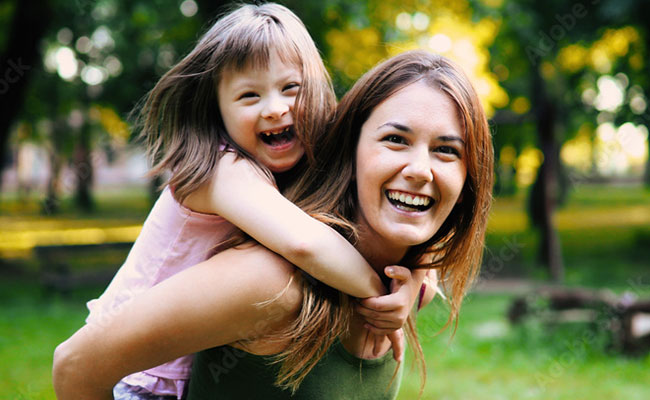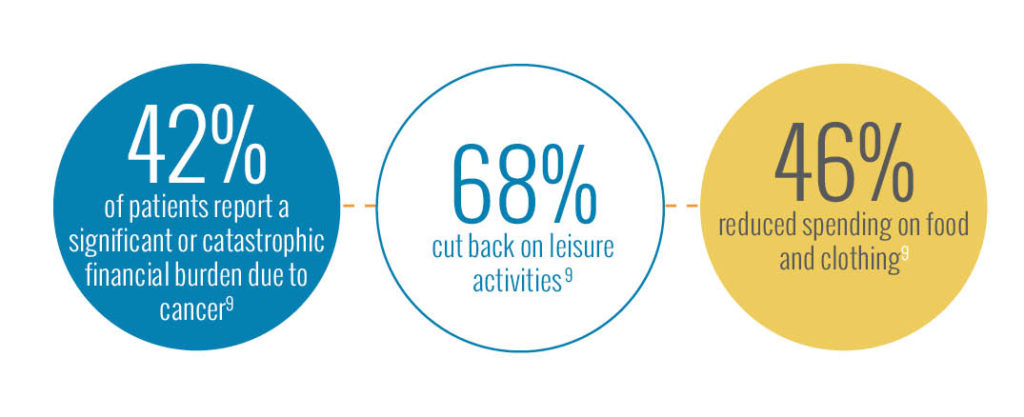Why HopeKids?
Why HopeKids?
Each year in the United States, approximately 500,000 children cope with life-threatening medical conditions 1. These conditions affect the entire family with more than half of parents suffering from acute stress disorders 2 and 80% of siblings having elevated levels of posttraumatic stress 3. In addition, illnesses contribute to over 62% of bankruptcy filings each year 4. More than $800 million is spent on medical research annually to find cures for cancer or other diseases, but these families need support now. Numerous studies show that hope can increase one’s overall ability to cope 5 and that familial support in chronically ill children is vital 6. HopeKids understands we are not a cure for these illnesses, but we believe HOPE IS A POWERFUL MEDICINE

“Parents feared the complete loss of hope because it would be like giving up on their child and giving up a future with their child and their family and because that would leave them mired in dark and negative thoughts.”

$54,270
Mean per-patient annual direct cost of Duchenne muscular dystrophy. Seven to 16 times higher than the mean per-capita health expenditure in the U.S.10
1. Himelstein, B.P., Hilden, J.M., Boldt, A.M., Weissman, D. (2004) Pediatric Palliative Care. New England Journal of Medicine; 350:1752 DOI: 10.1056/NEJMra030334 | 2. Alderfer, M. A., Labay, L. E., and Kazak, A. E., (2003). Brief report: does posttraumatic stress apply to siblings of childhood cancer survivors? Journal of Pediatric Psychology, vol. 28, no. 4, pp. 281–286. | 3. Muscara, F., McCarthy, M. C., Woolf, C., Hearps, S. C., Burke, K., & Anderson, V. A. (2015). Early psychological reactions in parents of children with a life threatening illness within a pediatric hospital setting. European Psychiatry, 30(5), 555-561. doi:10.1016/j.eurpsy.2014.12.008 | 4. Woolhandler, S., & Himmelstein, D. U. (2013). Life or Debt: Underinsurance in America. Journal of General Internal Medicine, 28(9), 1122–1124. http://doi.org/10.1007/s11606-013-2460-y | 5. Obayuwana, O., and Carter A.L., Journal of the National Medical Association, March 1982, 74(3): 229–234. | 6. retrieved 20 March 2013 <http://www.med.umich.edu/yourchild/topics/chronic.htm>. | 7. Bally, J. G., Duggleby, W., Holtslander, L., Mpofu, C., Spurr, S., Thomas, R., & Wright, K. (2014). Keeping hope possible: A grounded theory study of the hope experience of parental caregivers who have children in treatment for cancer. Cancer Nursing, 37(5), 363-372. | 8. Breyer, J., Kunin, H., Kalish, L.A., Patenaude, A. F., (1993). The adjustment of siblings of pediatric cancer patients: a sibling and parent perspective, Psycho-Oncology, vol. 2, no. 3, pp. 201–208. | 9. Zafar, S. Y., Peppercorn, J. M., Schrag, D., Taylor, D. H., Goetzinger, A. M., Zhong, X., & Abernethy, A. P. (2013). The Financial Toxicity of Cancer Treatment: A Pilot Study Assessing Out-of-Pocket Expenses and the Insured Cancer Patient’s Experience. The Oncologist, 18(4), 381–390. http://doi.org/10.1634/theoncologist.2012-0279 | 10. Landfeldt, E., Lindgren, P., Bell, C. F., Schmitt, C., Guglieri, M., Straub, V., Bushby, K. (2014). The burden of Duchenne muscular dystrophy: An international, cross-sectional study. Neurology, 83(6), 529–536. http://doi.org/10.1212/WNL.0000000000000669 | 11. Barrera, M., Fleming, C., & Khan, F. (2004). The role of emotional social support in the psychological adjustment of siblings of children with cancer.Child: Care, Health & Development, 30(2), 103-111 9p.

